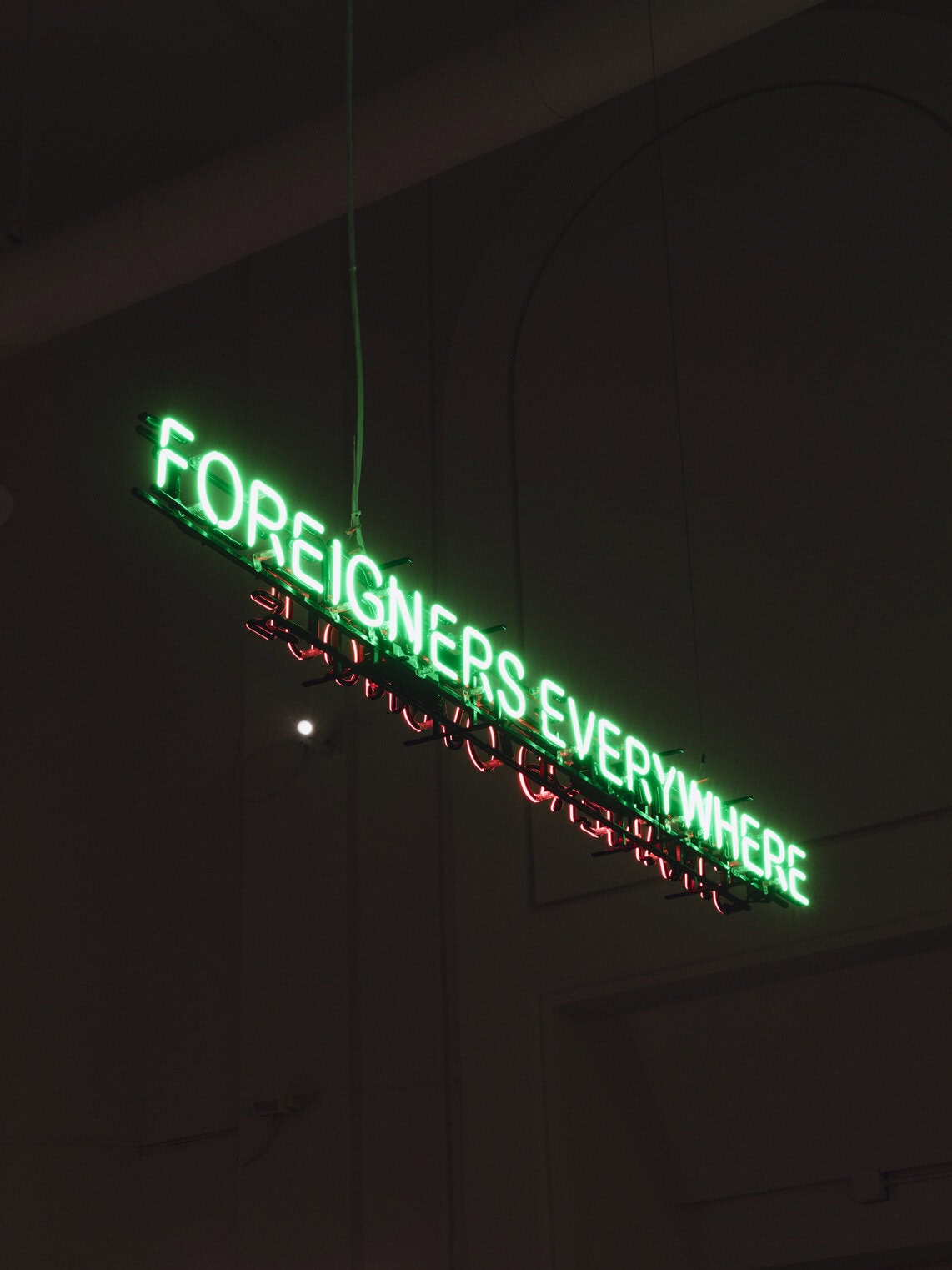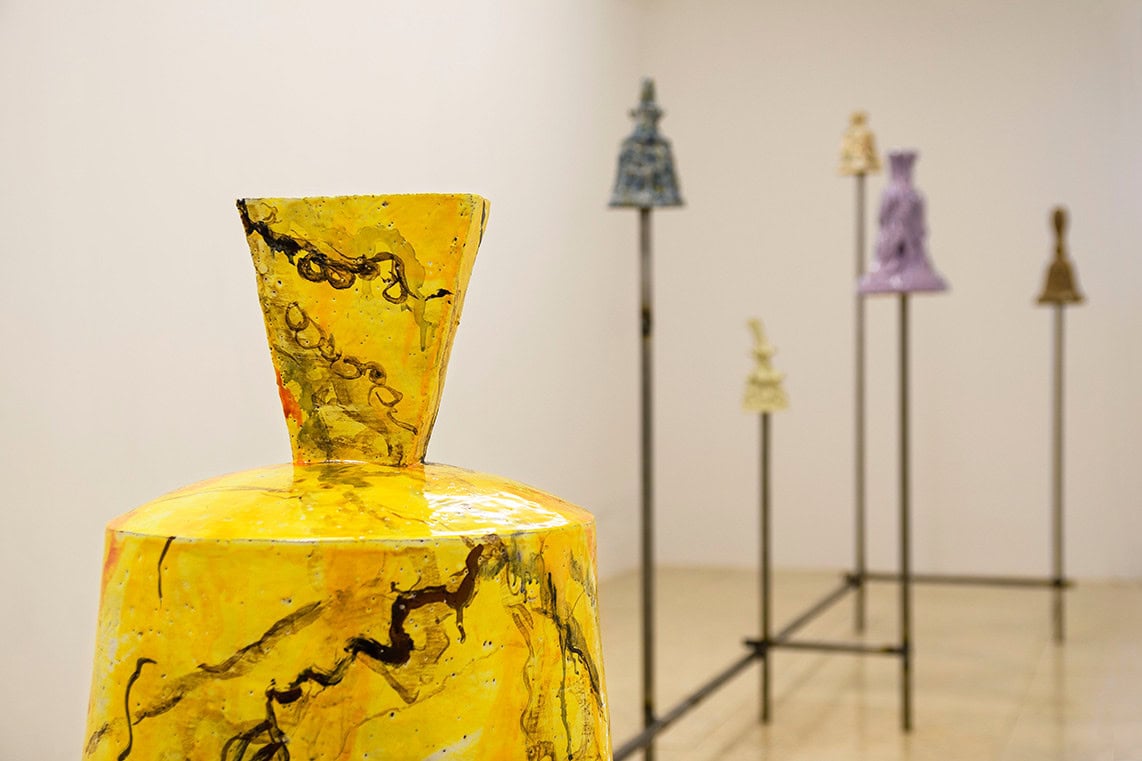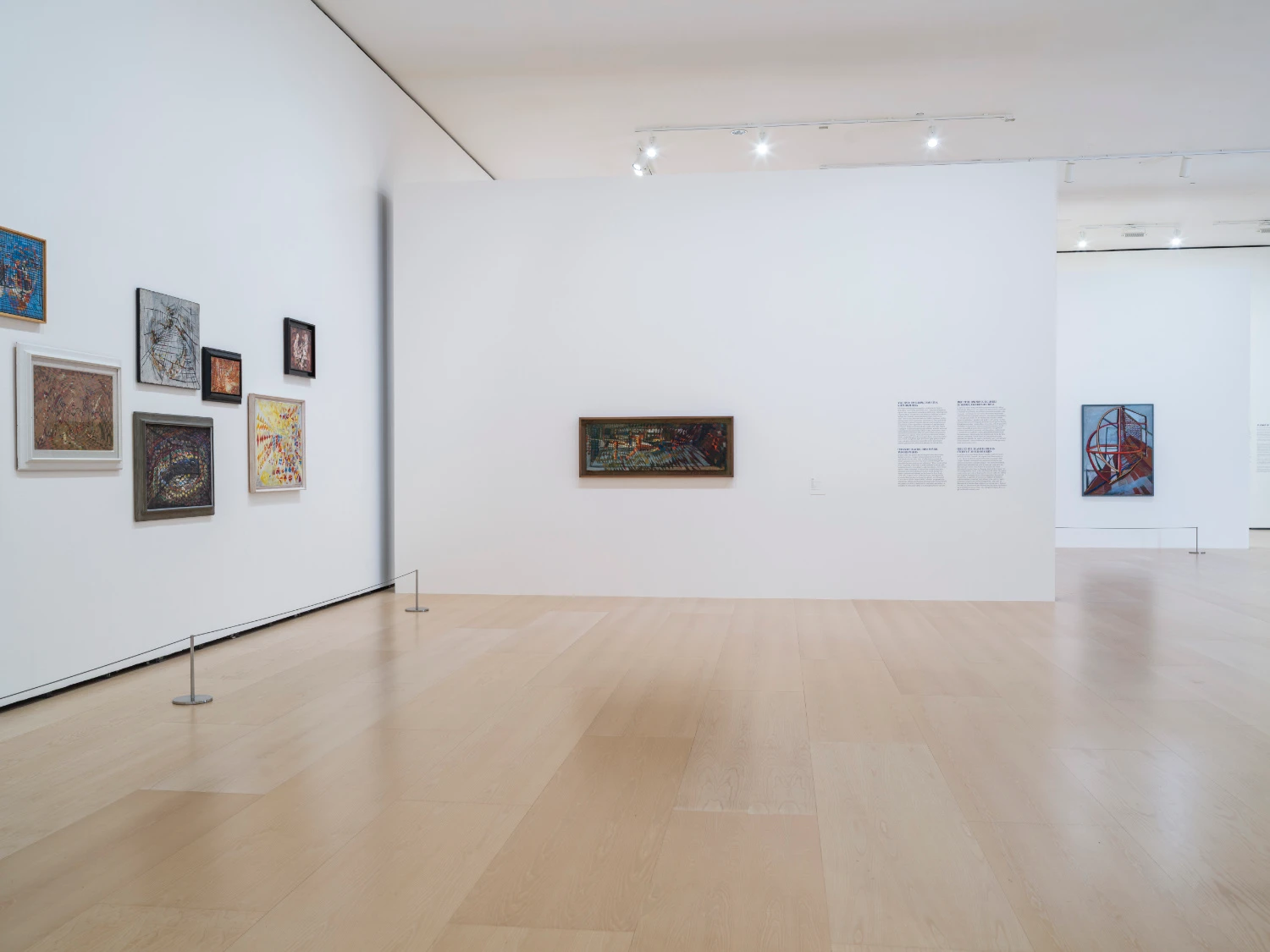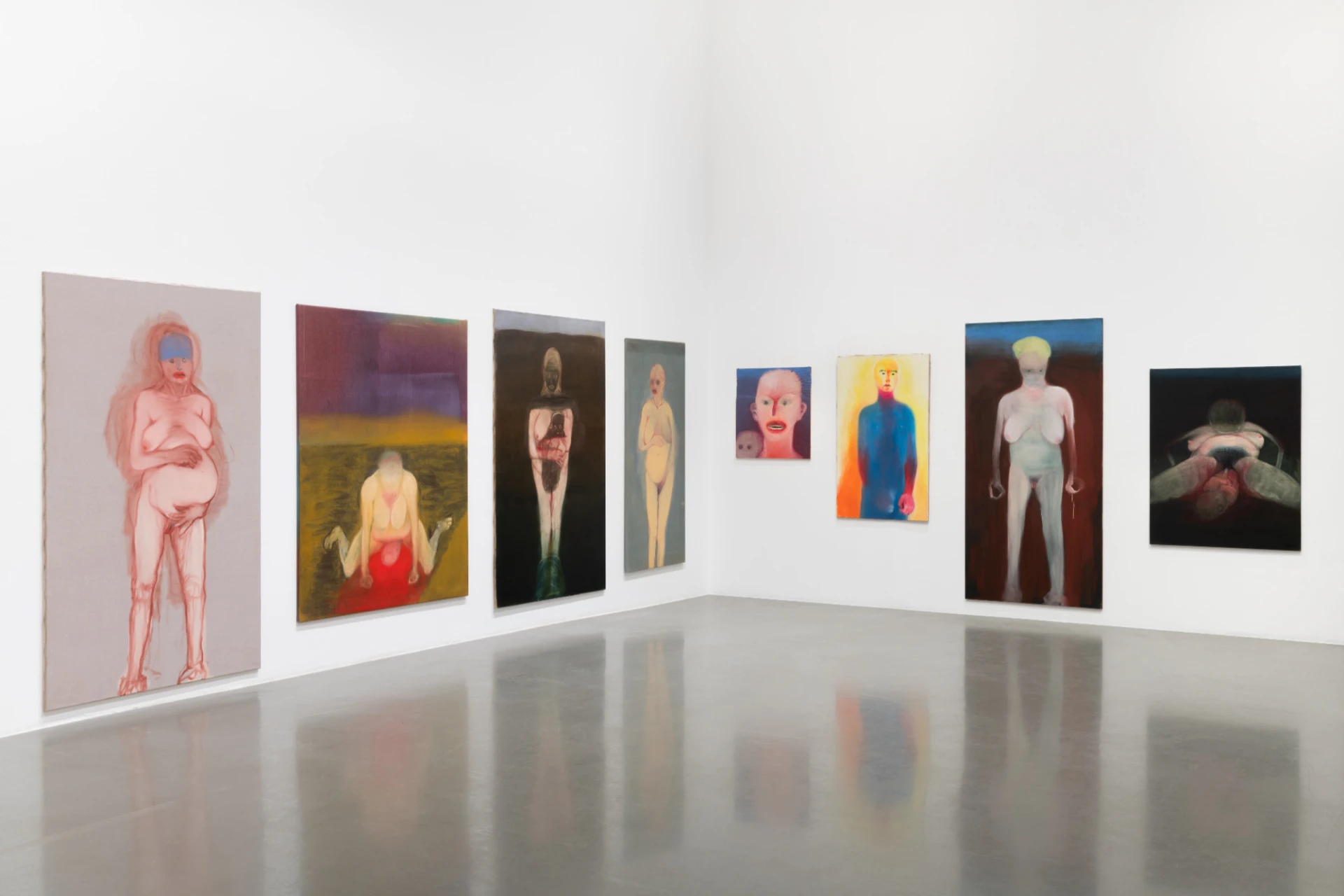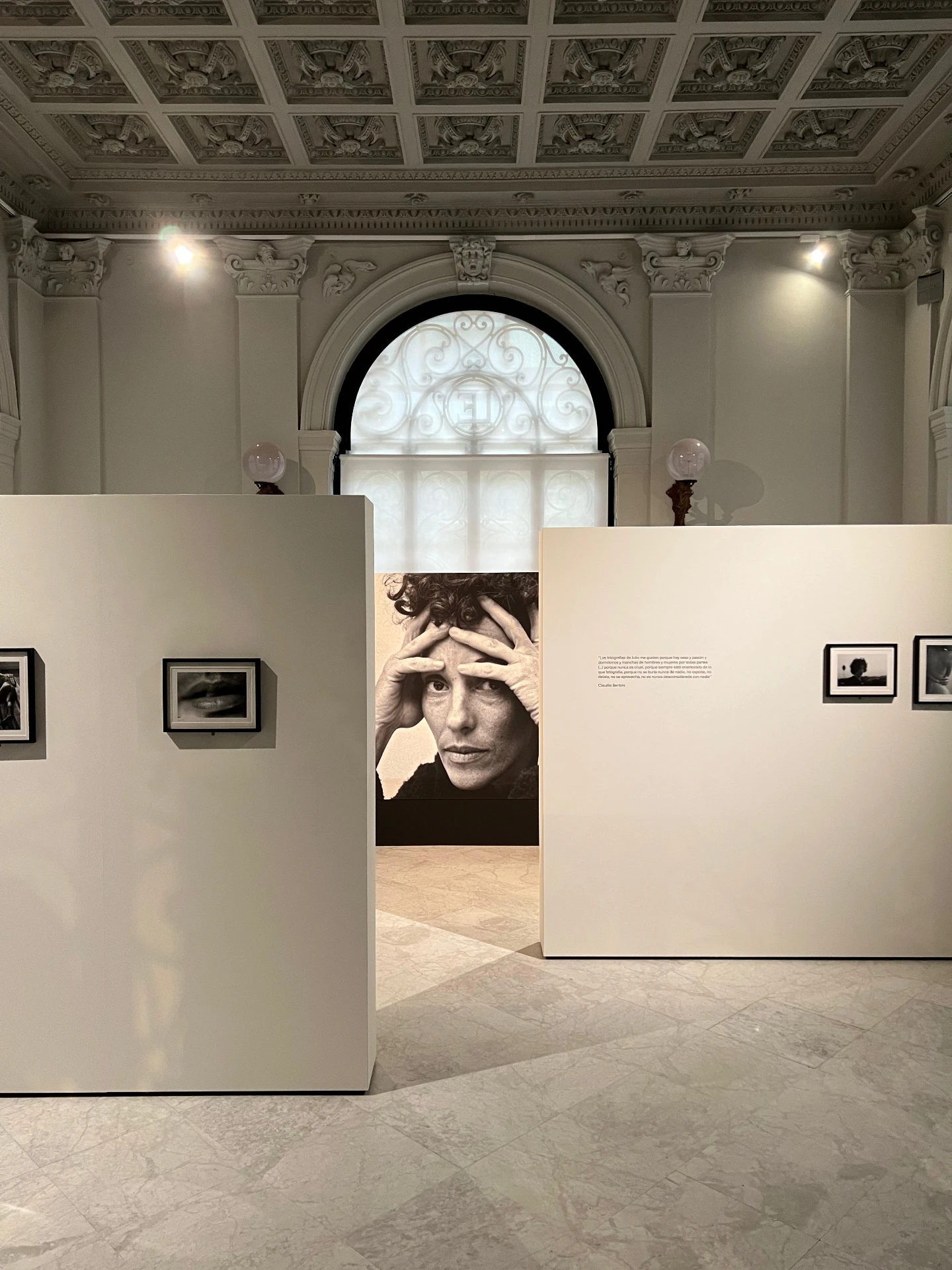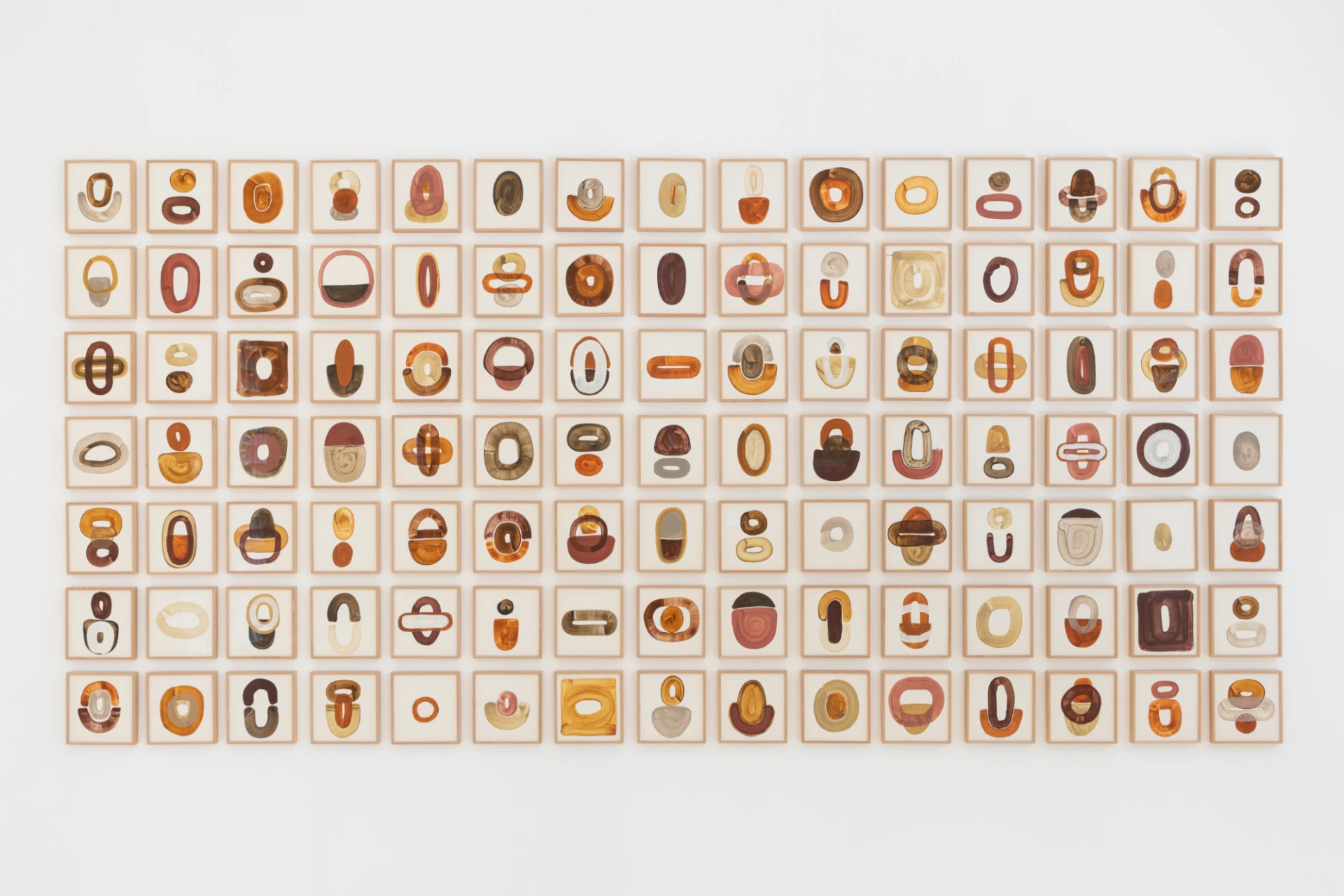Children are endowed with the gift of fantasy. They entrust their childhood years to heroes, animals and dreamlike creatures. Adults, formerly children, soon forget this gift: they stop telling and listening to stories. They shut themselves away within the walls of their own existence and become the sole protagonists of their lives. These days, the creatures that once inhabited their childhood have been lost to oblivion. They do not dare to think or touch them. For that protagonism is blind and hostile; indifferent to all non-human forms. Environmental imperatives are asserting themselves today. Reflecting on sustainable practices and the climate crisis implies getting out of oneself and looking at the other. As equals. And stories can be a tool for doing so.
In Francisco Trêpa’s Flor Cadáver, a story is told among the exuberant ceramic pieces.
We are in Rua Antero de Quental 55 A, a place where pollinating insects and the Rafflesia plant take the spotlight. Known for its decomposing body-like odour, Rafflesia is a corpse flower – a flower that will become a cadaver without these insects. Following on from the work Polinizadores da Serra da Estrela, developed by Francisco Trêpa as part of the Arts 4 People and Earth project, we mainly witness static dramatic scenes: worker pollinators, fallen and clutching their bodies. Their movement is halted by our presence and the gesture is crystallised in the material.
A narrative is built up piece by piece, word by word, inextricably bound up with the route we take through the gallery. The pollinators are weary of competing with the machine – the Drone Queen – and of trying to survive in a world where those who were supposed to be their caretakers are responsible for their extinction. This story certainly makes use of fantasy scenarios and figures. But it is not far removed from reality.
Arranged face to face, the works Keeper and Killer reveal the dichotomy between humanity’s responsibility and its obvious interference in the environment. Whilst, on the one hand, Keeper reminds us of a haven (with its plant-like contours, the sculpture attracts insects and opens up so that they can take refuge inside), on the other hand, Killer, shut in on itself, looks austere and impervious. This ambiguity begs the question: what does the future hold? Francisco Trêpa has not come up with a definitive answer. Still, he outlines an optimistic outcome – Abraço. Like a gleam of hope, a symbol of reconciliation between humans and nature, this work occupies the exhibition’s last room.
Between the bright colours and the baroque glazed figures, we are given back the gift of fabulation. In Flor Cadáver, we are absorbed in the narrative and empathise with the beings occupying this space. We are children again – for a little while, for as long as it lasts. Along the way, storytelling becomes a political and ecological gesture. After all, we enter and leave this fictional universe: conscious of how important pollinators are and detached from an anthropocentrist perspective.
Curated by Ana Cristina Cachola, Flor Cadáver is Francisco Trêpa’s most recent exhibition. It is at Galeria Foco until May 12, 2024.
